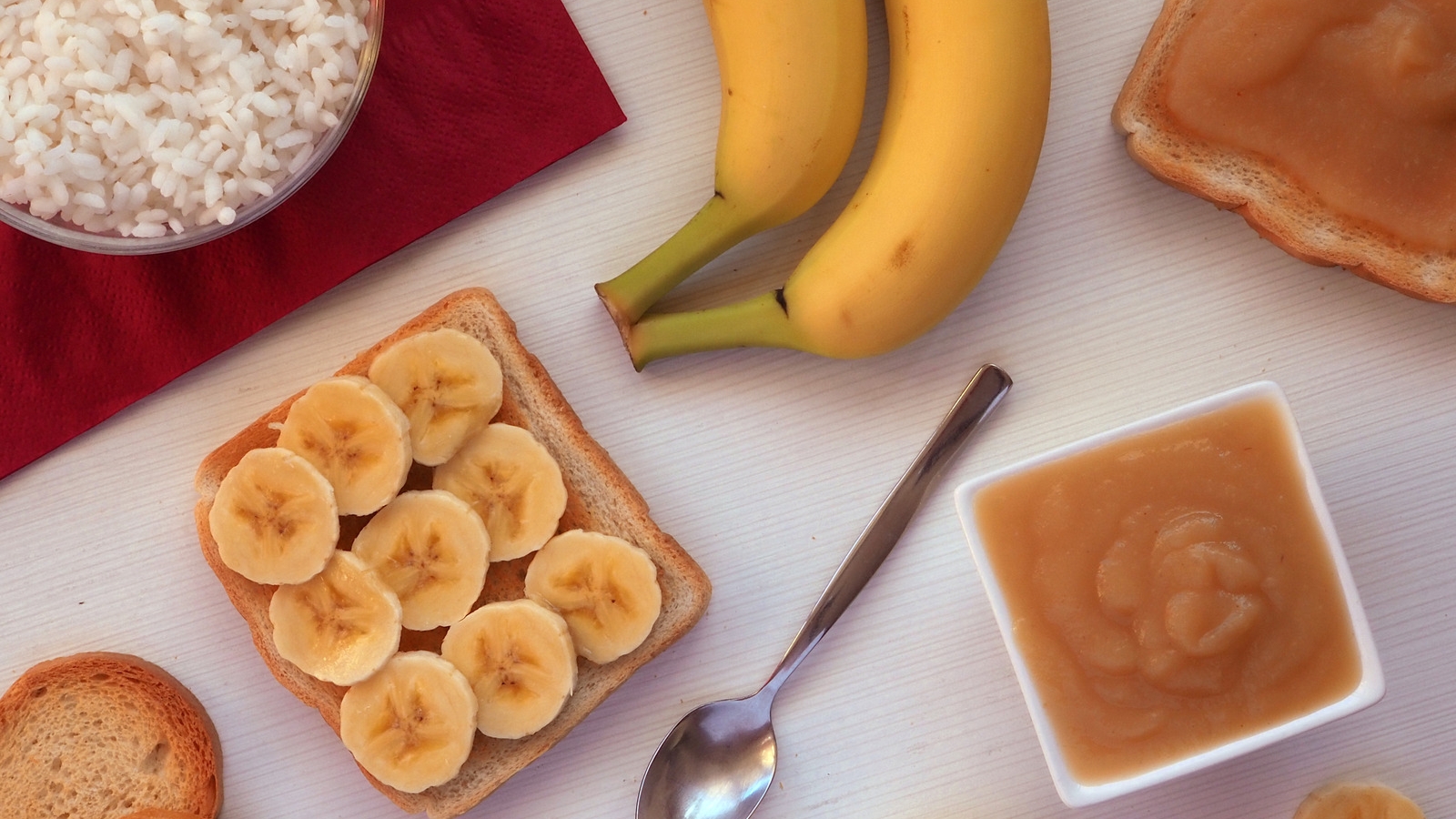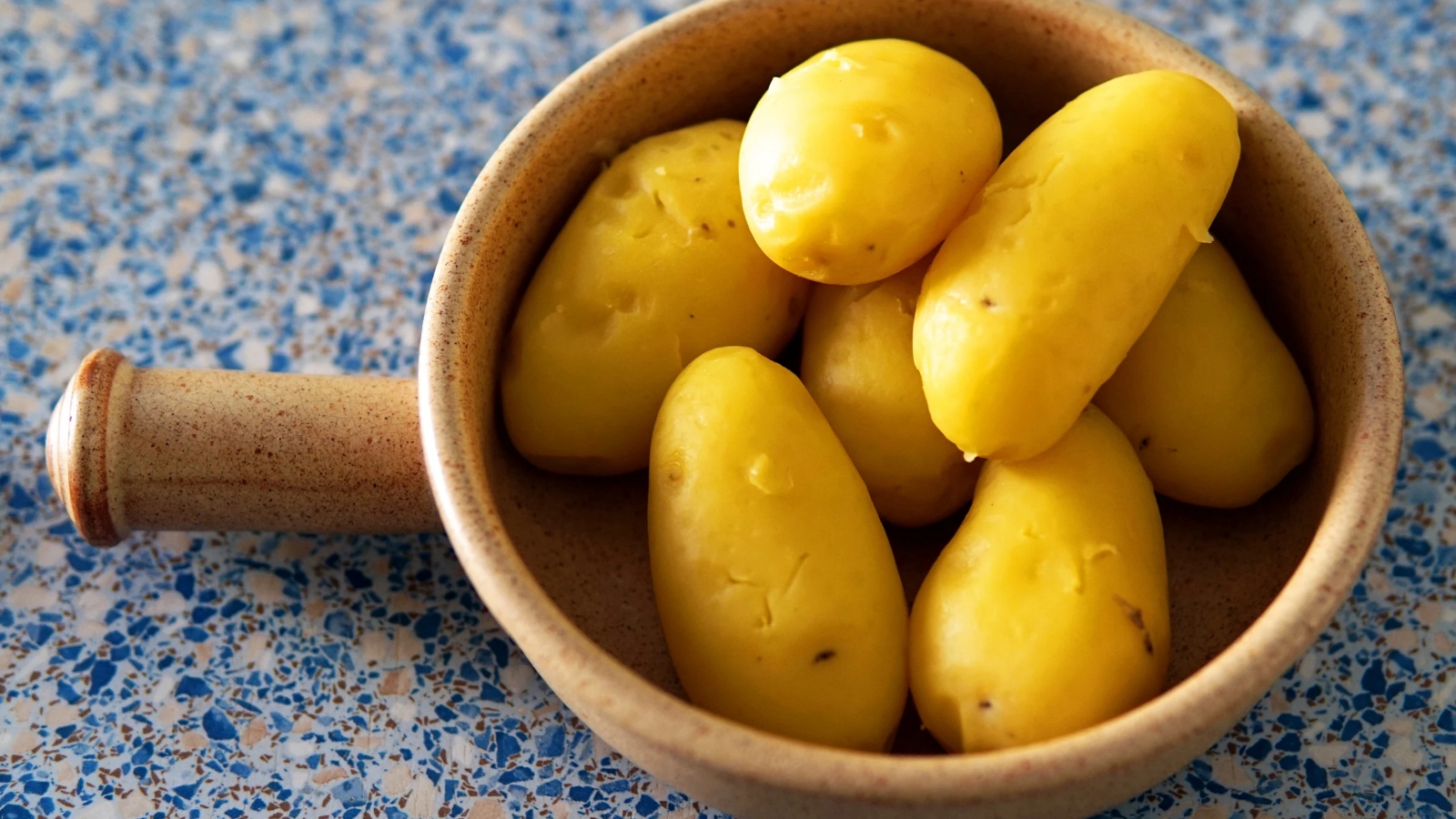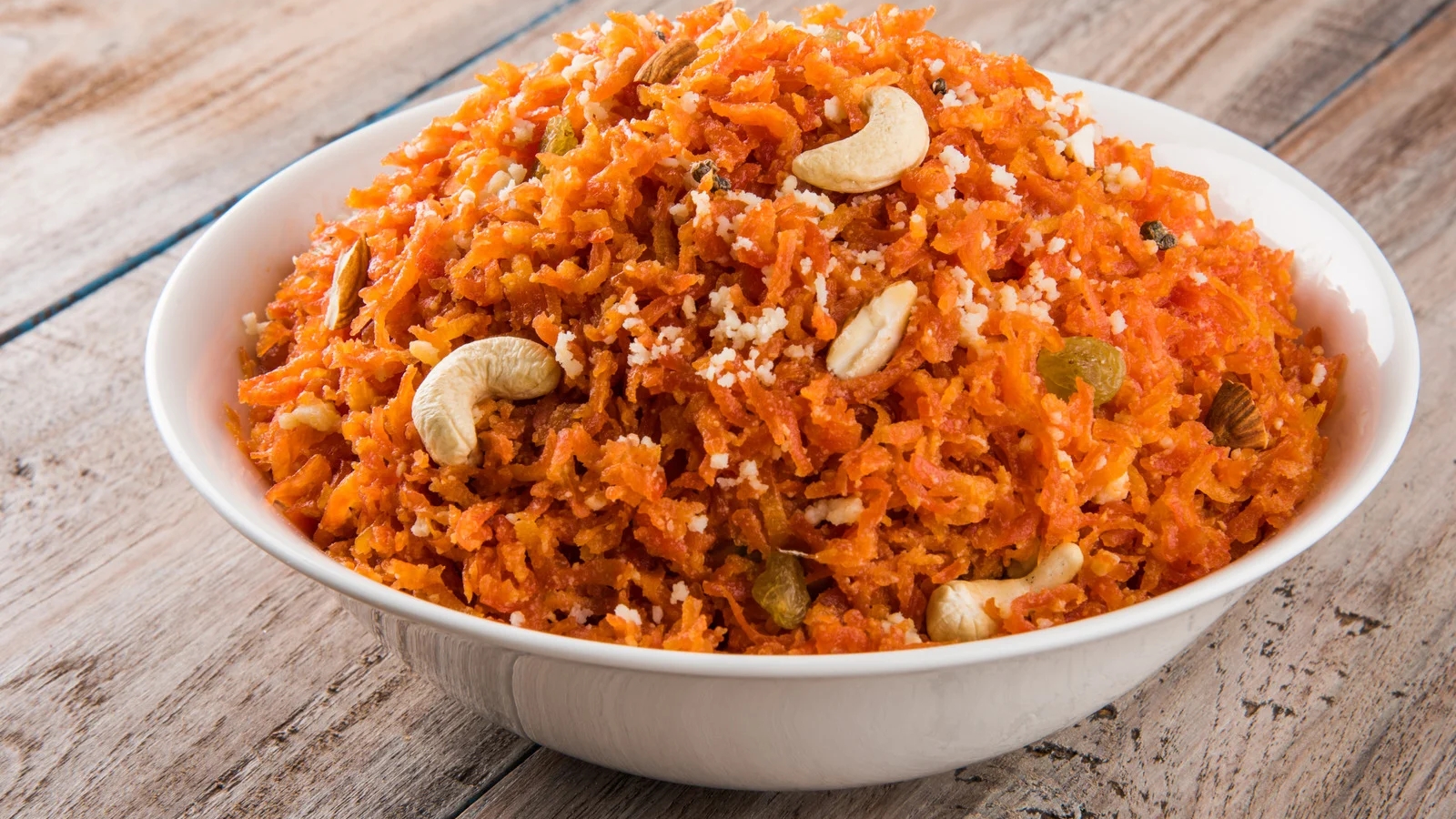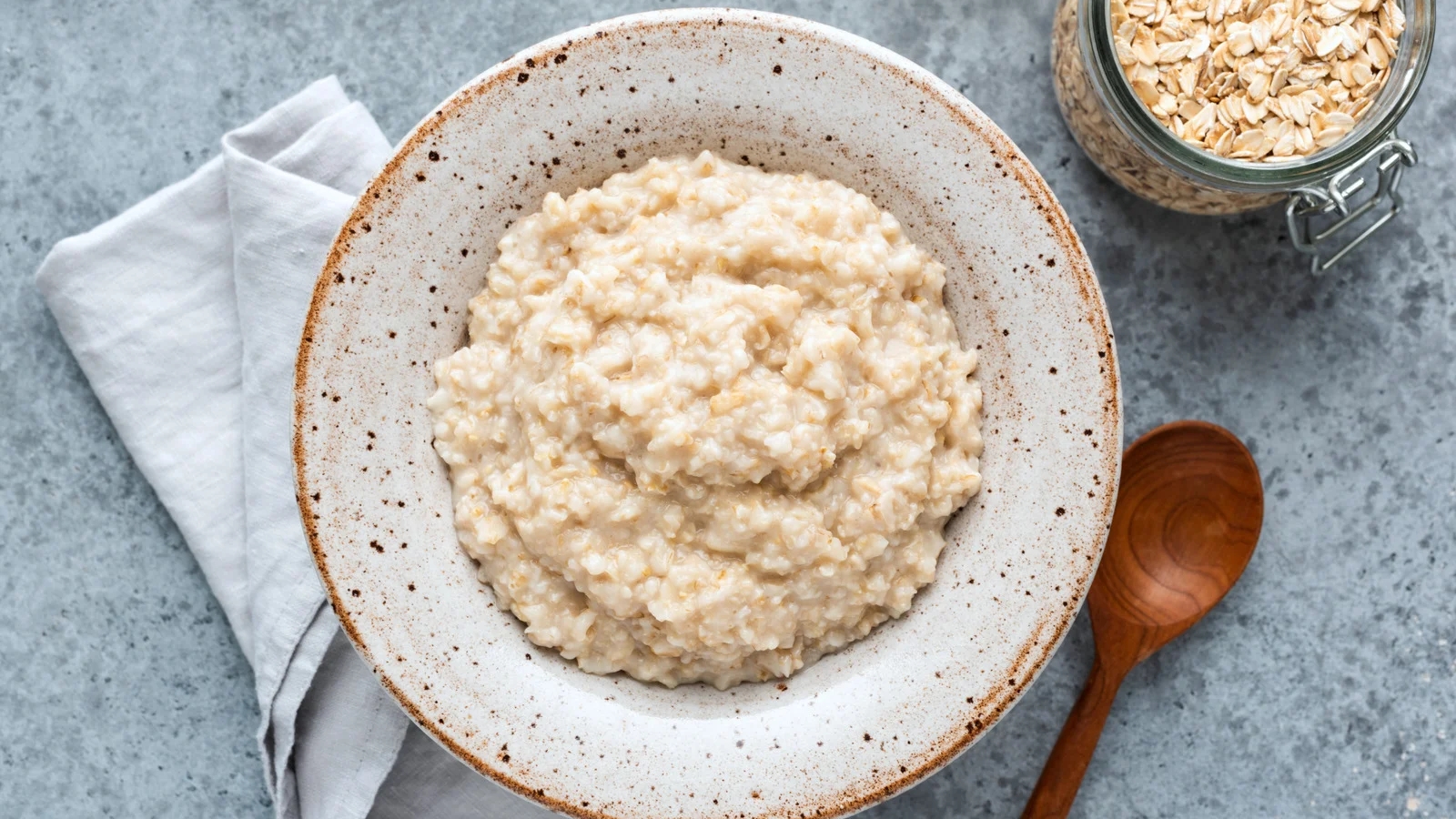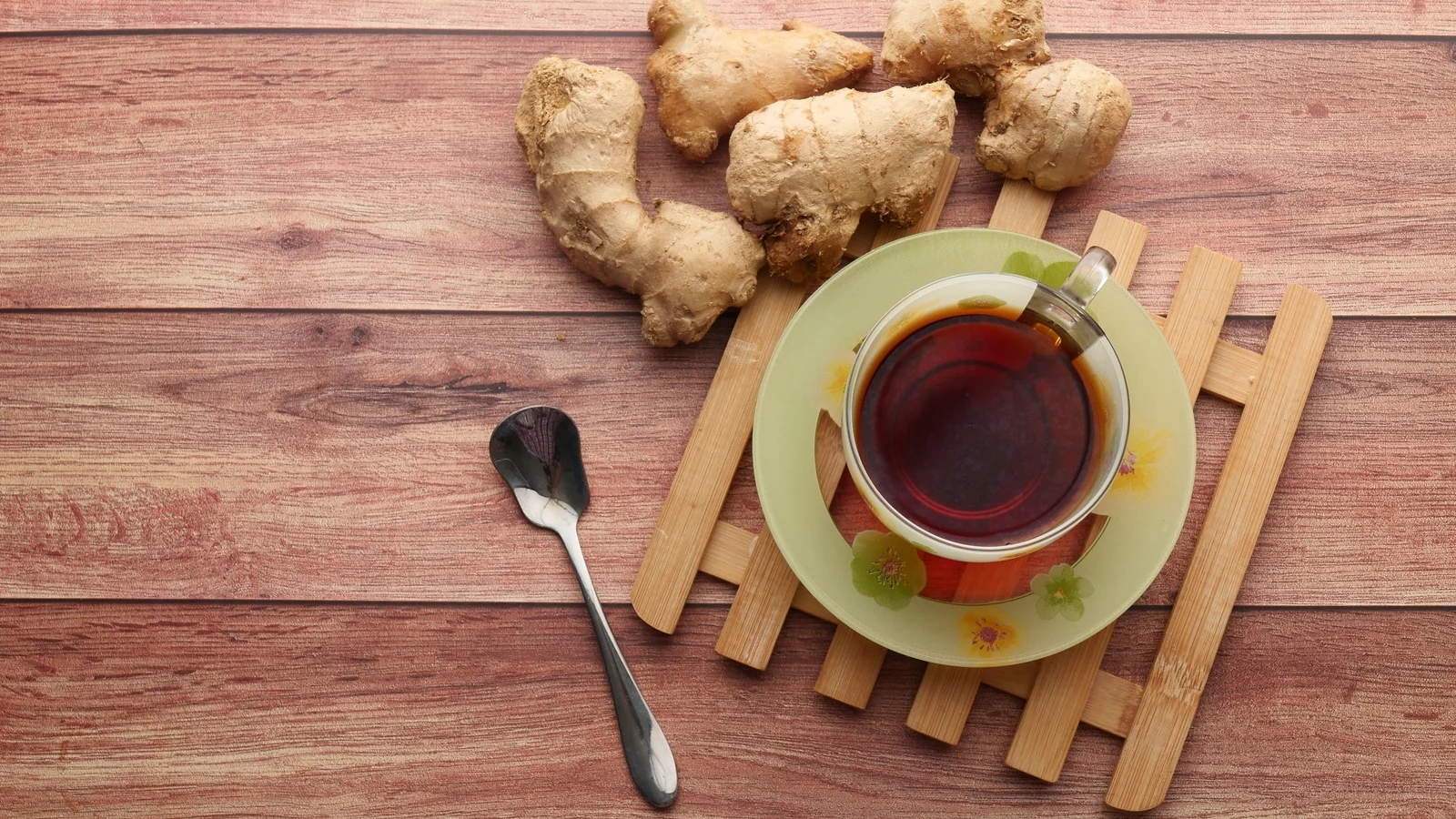An upset stomach can throw off your entire day. Whether it starts with bloating, nausea, cramps, or diarrhea, your body sends a clear message to slow down and be gentle with what you eat. Choosing the right foods during this time can help settle your stomach and support your recovery.
This article explains what to eat when you have an upset stomach. You’ll find simple, easy-to-digest options that can help ease discomfort. If your stomach feels off, these food choices can help you feel better.
Start With the BRAT Diet
The BRAT diet stands for bananas, rice, applesauce, and toast. These foods are bland and gentle on your digestive system. They are easy to digest and help firm up your stool if you’re dealing with diarrhea.
- Bananas provide potassium and energy without upsetting your gut.
- White rice is low in fiber and helps settle your stomach.
- Applesauce is soft and mild, offering some natural sugars.
- Plain toast gives you carbs without fat or spice.
Stick with small portions to see how your stomach responds. Avoid adding butter or toppings that could irritate your system.
Choose Boiled Potatoes and Plain Crackers
If you need more variety, plain boiled potatoes can be a good next step. They are filling and low in fat. Keep the seasoning light and avoid any butter or cream.
Plain crackers are also easy on the stomach. Saltines or other simple crackers help absorb stomach acid and give you a mild source of energy. Eat them slowly and don’t overdo it.
Drink Clear Liquids
Staying hydrated is essential, especially if you’re losing fluids through vomiting or diarrhea. Clear liquids are easier to keep down and help prevent dehydration.
Try the following:
- Water
- Herbal tea, like chamomile or peppermint
- Broth or clear soup
- Electrolyte drinks without added sugar
Sip small amounts regularly. Avoid caffeine, soda, and alcohol, as they may worsen symptoms.
Try Plain Cooked Carrots or Squash
Some cooked vegetables are gentle enough when your stomach is upset. Focus on those that are soft and low in fiber.
- Boiled or steamed carrots can be mashed or eaten whole.
- Cooked squash, such as butternut or acorn, is smooth and easy to digest.
Avoid raw vegetables or those with skins and seeds. Stick to small servings.
Eat Soft-Cooked Eggs
Soft-cooked eggs offer protein without being too heavy. Scrambled, poached, or hard-boiled eggs can work well if your stomach is starting to feel better.
Avoid frying eggs or adding cheese and spices. Start with one and see how your body reacts.
Add Plain Oatmeal or Cream of Rice
As you begin to feel better, mild grains can be a helpful next step. These provide energy without overwhelming your stomach.
Try these options:
- Plain oatmeal made with water or a little milk
- Cream of rice cereal, unsweetened
- Farina or other warm, bland cereals
Avoid adding sugar, syrup, or fruit until you’re fully recovered.
Avoid Dairy Until You Feel Better
Many people find dairy hard to tolerate during or after stomach issues. Lactose can be difficult to digest if your gut is inflamed.
You can wait until you’re symptom-free before reintroducing milk, cheese, or yogurt. If you try them too soon, you might trigger more discomfort.
Skip Greasy, Spicy, and Acidic Foods
While your appetite may return, it’s best to keep meals simple until you’re fully back to normal. Some foods can irritate your stomach even if you start to feel better.
Avoid:
- Fried or greasy food
- Spicy dishes
- Tomatoes, citrus fruits, and vinegar
Stick to baked, boiled, or steamed options with mild seasoning.
Keep Portions Small
Even the best food choices can cause trouble if you overeat too soon. Give your digestive system time to recover by eating slowly and stopping before you feel full.
Start with small meals or snacks every few hours. Pay attention to how your stomach feels before adding new foods.
Rest and Observe Your Symptoms
Food alone might not be enough. Rest helps your body recover. Monitor how you feel after each meal and adjust as needed.
If you notice any increase in discomfort, go back to simpler options like broth or toast. Let your appetite guide your choices without forcing anything.
Simple Foods to Eat With Nausea
If nausea is your main issue, stick with very light options at first. Avoid strong smells or flavors, and keep food plain.
Good choices include:
- Dry toast
- Saltine crackers
- Ginger tea
- Applesauce
- Plain rice
You can also try sucking on ice chips or small sips of cold water to calm your stomach.
Use Ginger for Natural Relief
Ginger may help ease nausea and mild stomach upset. You can use it in small amounts through:
- Ginger tea
- Ginger chews
- Fresh grated ginger in hot water
Keep it light and stop if you feel worse.
Conclusion
Eating the right foods can make a big difference when your stomach feels off. Focus on mild, low-fiber, and easy-to-digest options until you feel like yourself again. Let your body tell you what it needs, and reintroduce food slowly.
Start with bland staples like bananas, toast, and broth. As you feel stronger, you can add more variety to your meals. Keeping things simple and being patient helps your recovery stay on track.

